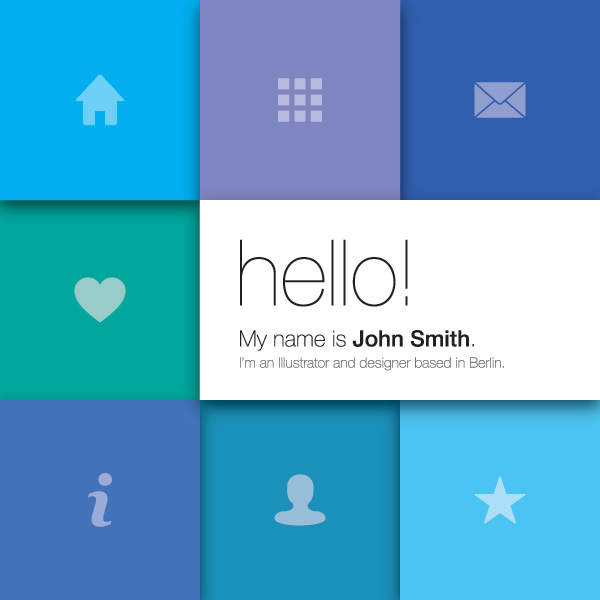- August 25, 2016
- Posted by: admin
- Category: Uncategorized
Whether you’re applying for a job or a new school, your portfolio is one of the most important elements in your application in the design and art field. It is a collection of your best projects and works that reflect your creative abilities and talent to your employer. In fact, it is the perfect way to show why you’re eligible for the job.
It’s usually tricky and stressful for students to start creating their portfolios, because they usually don’t know where to start, can’t decide which projects to choose, or can’t think of the perfect layout. Before providing basic tips for the perfect portfolio, let’s see the reasons why you need to have one:
 A solid backup for your resume and cover letter: No matter how impressive your resume is, it’s meaningless if the employer can’t see your capabilities in the field. If the HR department has received hundreds of applications, they won’t have time to go through every single one. However, if you provide a solid portfolio, showing evidence of your experience, your chances of acceptance grow exponentially.
A solid backup for your resume and cover letter: No matter how impressive your resume is, it’s meaningless if the employer can’t see your capabilities in the field. If the HR department has received hundreds of applications, they won’t have time to go through every single one. However, if you provide a solid portfolio, showing evidence of your experience, your chances of acceptance grow exponentially.- Attracts the employer’s eyes: What better way to impress, in this world filled with graphics and images, than having even more powerful visuals? A document showing your work in a colorful and appealing way beats a piece of paper containing boring text every time.
- Gives the opportunity for an interesting conversation: If your portfolio contains your current work, goals and achievements, it facilitates the conversation between you and your employer. It opens up the conversation about your future plans, your progress, and where you currently stand in the field. Thus the interviewer understands you better, and has the ability to judge your employability status better.
Tips for a perfect portfolio:
- Focus on your strong points: Out of the numerous skills that you have, your portfolio selection should illustrate your best skills, in order to differentiate you from other applicants. This focus will help put your full strengths on display for the employer. It’ll also help determine what type of designer you are, whether you’re an industrial designer, architect, graphic designer, etc…
- University projects are never enough: Even if you had the top grade for a project in your class, there are at least a dozen other people who worked on that same project. It is very important to include personal projects and works, not only to impress, but also to show more about your character and enthusiasm in your work. Be creative in what you add to your portfolio: articles you’ve written, achievements, competitions, volunteer work… It is important for the employer to know that you can function well outside the academic world.
- An endless journey: As you advance in your professional life, keep your portfolio updated. It has to evolve with you. Keep adding your newer works, and changing the layout. It has to always reflect your current abilities, and also your progress over time displaying your ability to learn new things.
As a designer, your portfolio will be your best friend. It is what will help you shine brightly over the competition or just fade into the background noise. A famous artist is known by his work, and as a budding artist you need to showcase yourself to the world!

